Reportar esta entrada
Más sobre la misma comunidad-colección
Prospect Street By The Museum
Photo by Dave Quintana circa 2015 shows improvements to Prospect ...
John F. Kennedy - El Paso, Texas - 1963
President Kennedy came to El Paso, Texas in 1963. According to ...
La Raza Unida National Convention, El Paso, Texas 1972
Partido Nacional de La Raza Unida (National United Peoples Party ...
La Raza Unida National Convention, El Paso, Texas 1972
Partido Nacional de La Raza Unida (National United Peoples Party ...
La Raza Unida National Convention, El Paso 1972
Partido Nacional de La Raza Unida (National United Peoples Party ...
Todos somos uno: Omar Villalobos at TEDxElPaso 2013
Omar Villalobos is about counterculture. He is a native of ...
Nah, nah, nah ... It's going to be cool: Jim Ward at TEDxElPaso
Jim Ward is a fifth-generation El Pasoan. He recorded and toured ...



















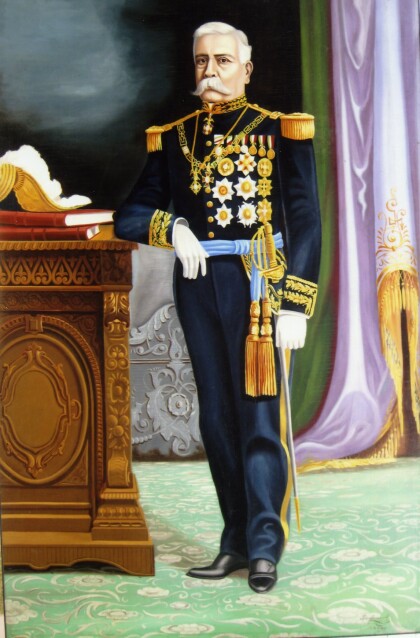
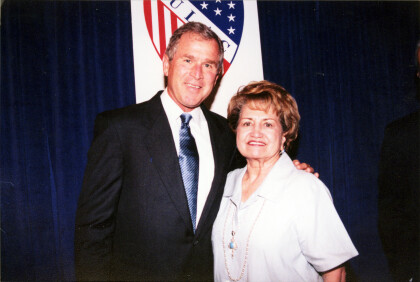
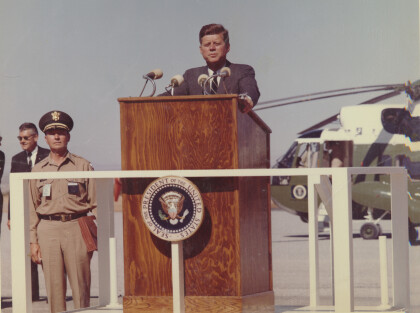
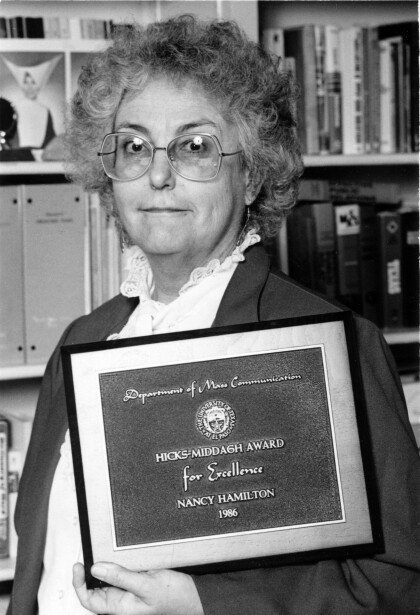
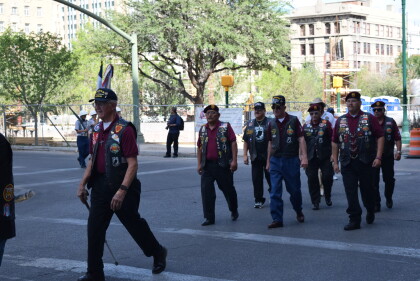
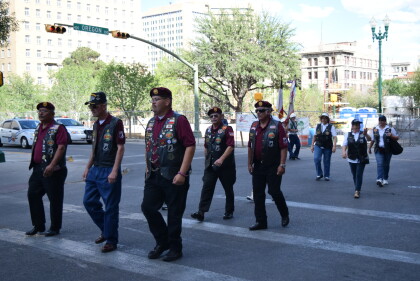
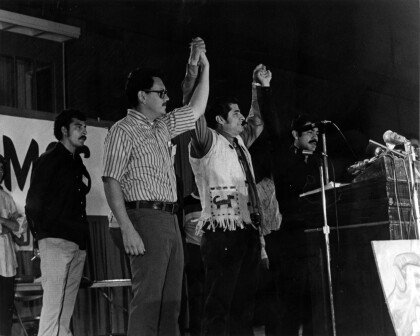
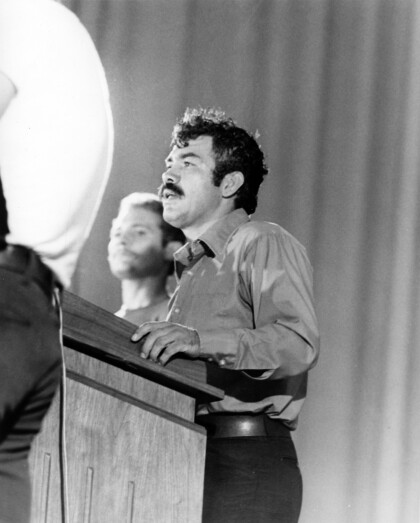
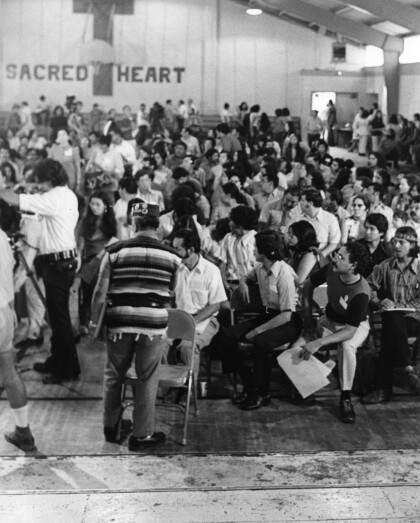
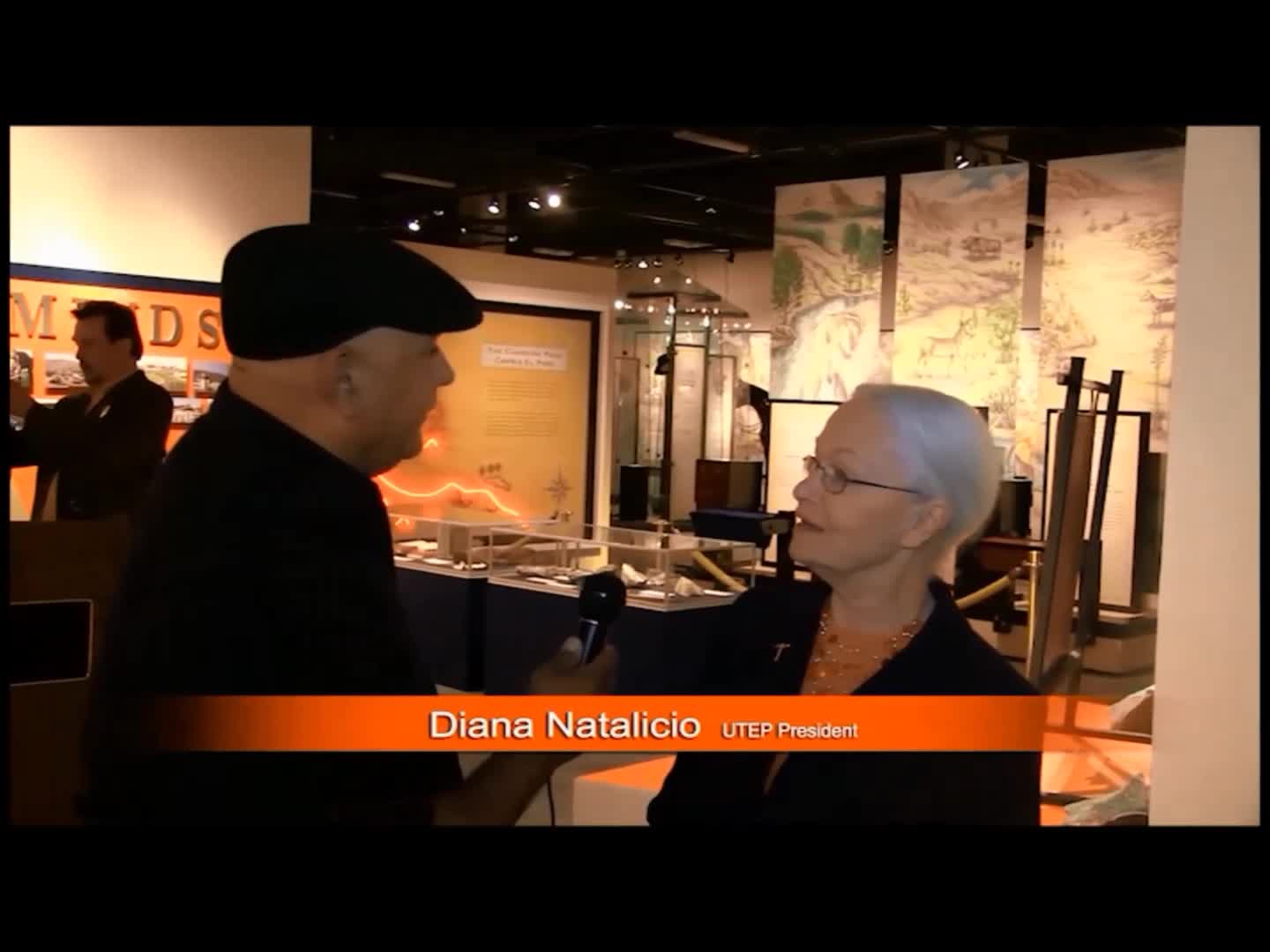
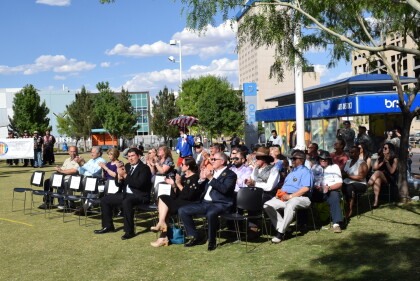


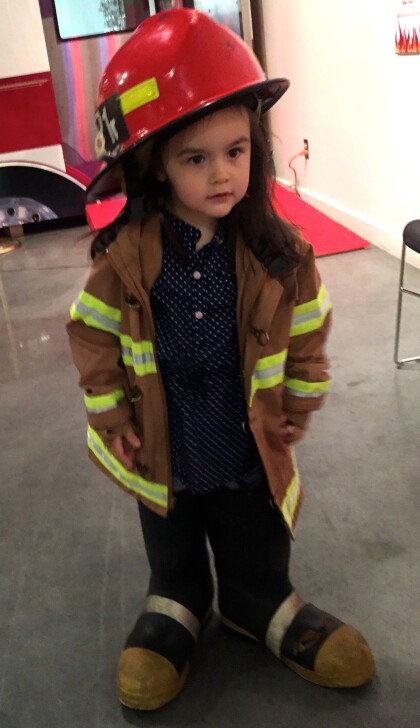



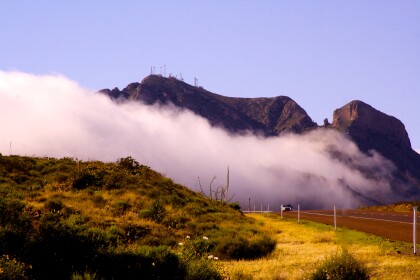
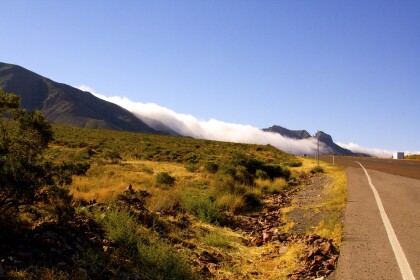


Comentarios
Hacer un comentario